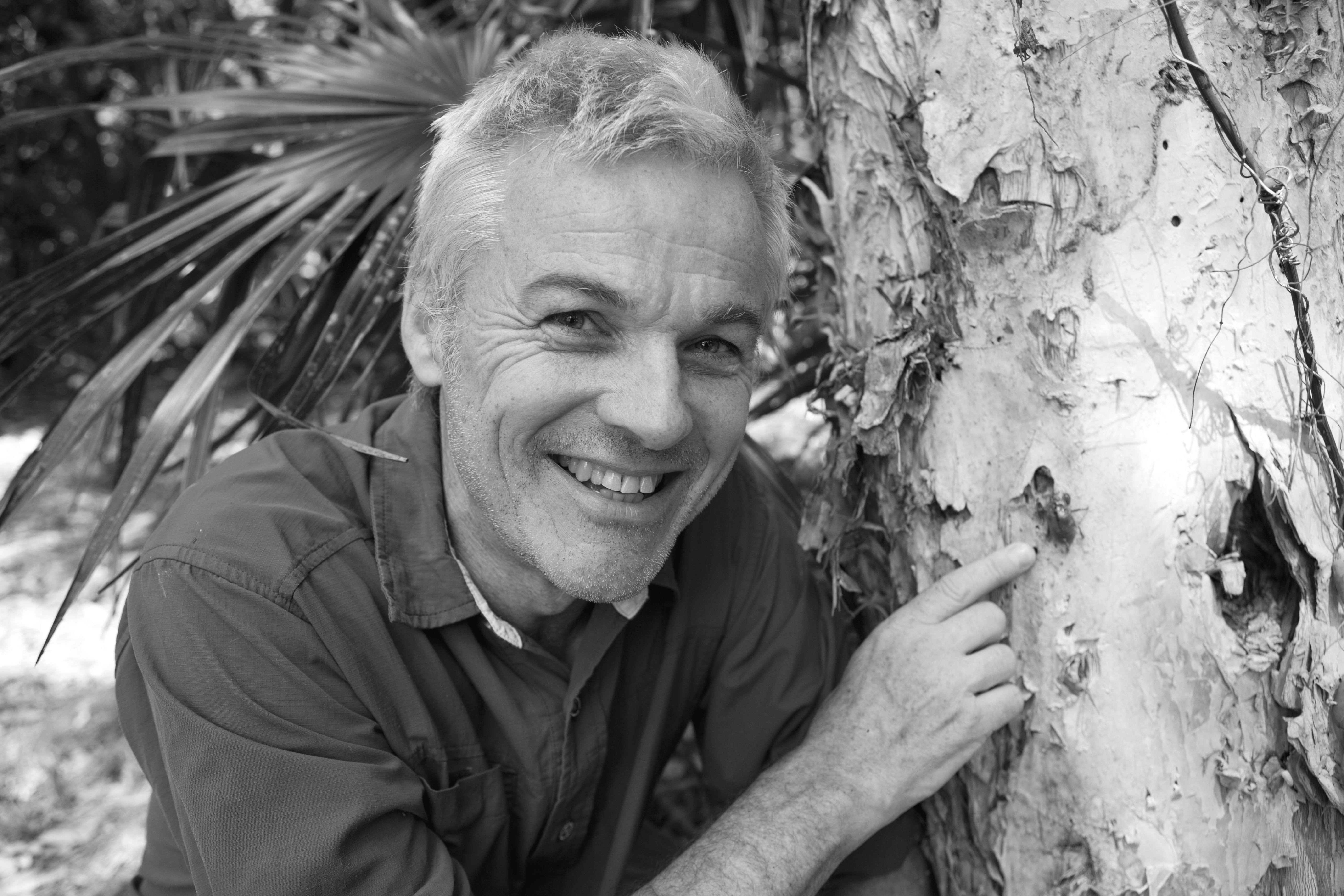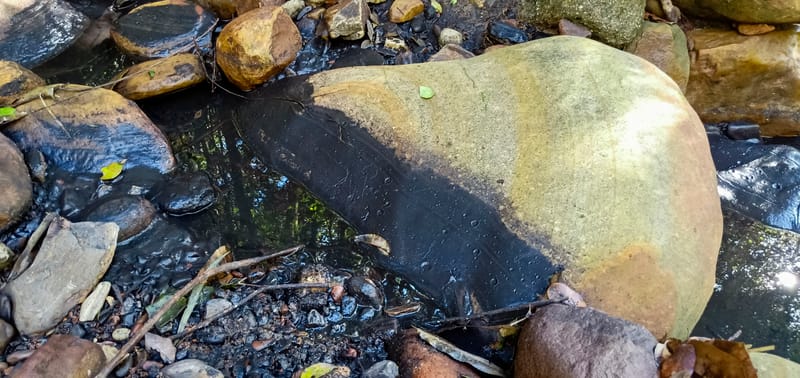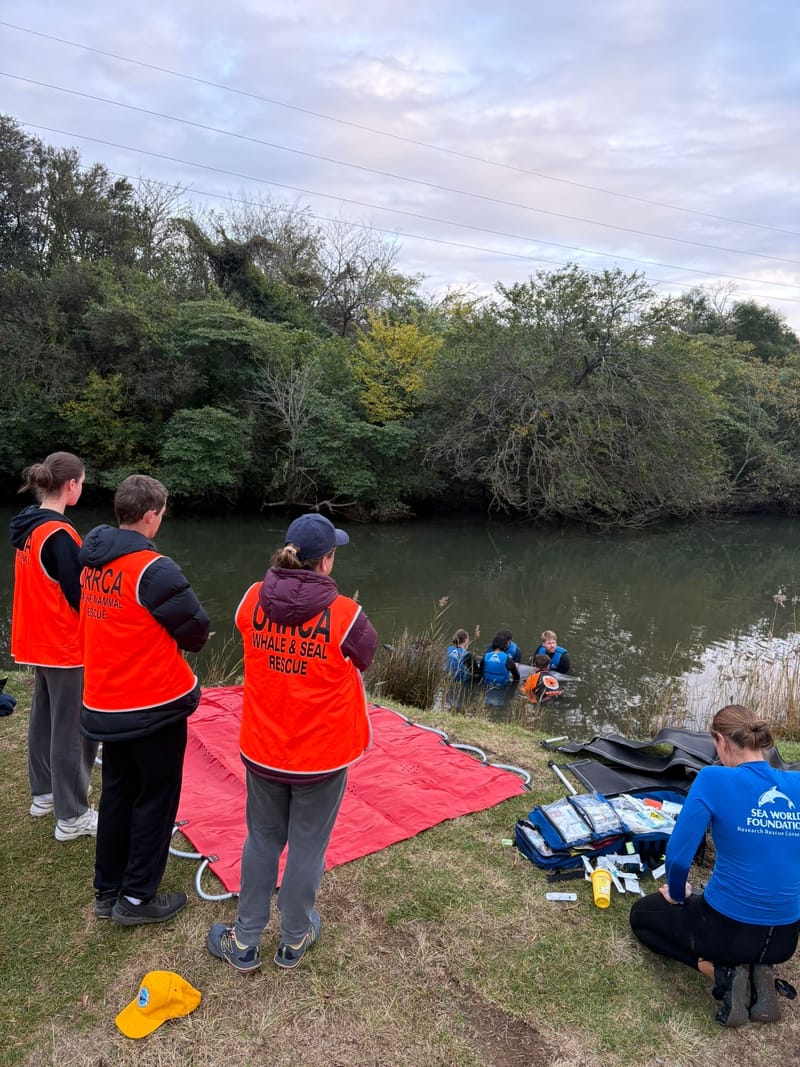Beetling About: 'With 4kg of frozen fresh roo poo in a fridge'
I’m driving around the forests of north-east NSW with 4kg of frozen fresh roo poo in a fridge. It’s not my normal activity I have to admit, but it’s great fun all the same. We (my technician Aidan does all the hard work) are part of a large...
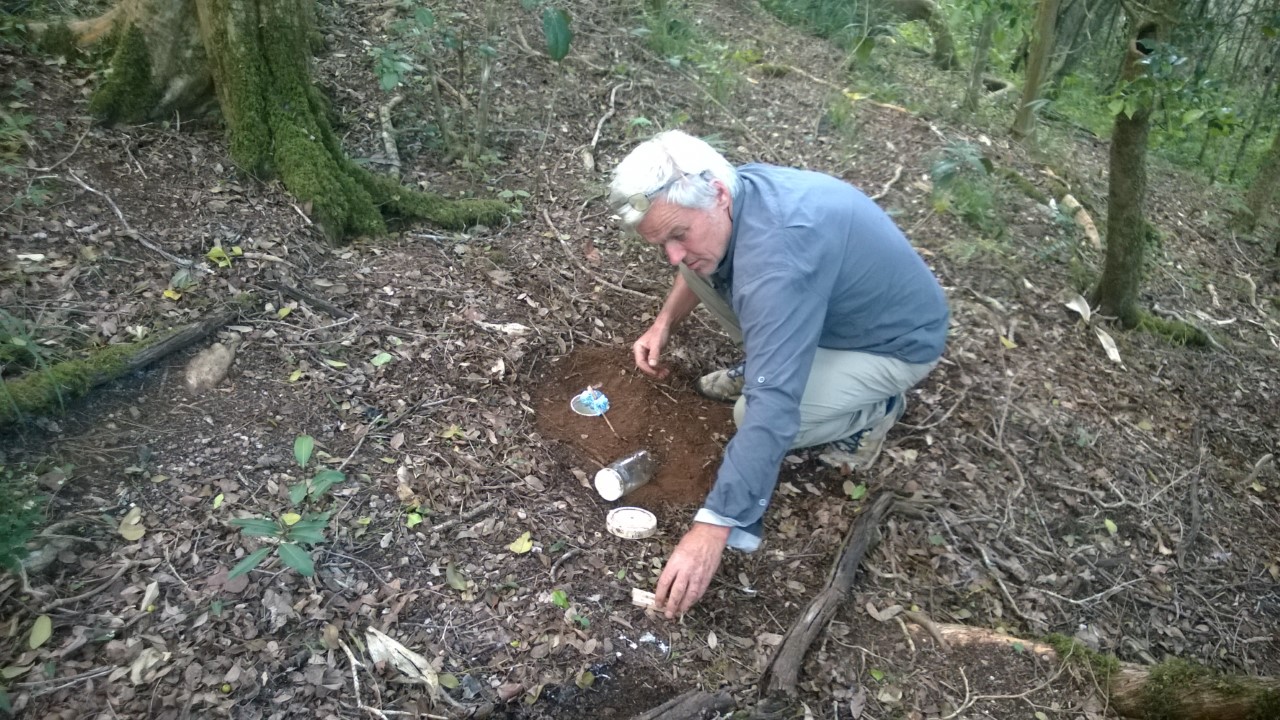
I’m driving around the forests of north-east NSW with 4kg of frozen fresh roo poo in a fridge.
It’s not my normal activity I have to admit, but it’s great fun all the same. We (my technician Aidan does all the hard work) are part of a large project funded by the Federal Government to determine the impact of the fires last year on potentially endangered animals (in the broadest sense). Our part of it is a survey of flightless dung beetles.
There are about 550 species of dung beetles in Australia and about 80 are flightless. Loss of flight usually develops as a result of constant environments, where everything is ‘happy’ and there’s no need to change anything, or isolated and exposed environments, like islands or mountain tops, where having wings means getting blown away. In our dung beetles’ case, flight loss is associated with rainforest or at least wetter forests.
The fires last summer (seems a very long time ago now) were on the back of four years of drought, so that patches of wetter forest got severely burnt. We want to know if that has had a severe impact on flightless dung beetles – chosen because they are relatively easy to assess as they are attracted to native mammal dung. If the beetles initially survived, did their populations then collapse because of lack of native mammals?
We are therefore trying to chase up flightless species from known sites in north-east NSW, with paired unburnt/burnt similar habitat, on relatively easy access level ground. It’s a challenge.
The beetles are trapped using baited pitfalls, with frozen fresh roo poo. This also has to be a relative constant in our study. Fortunately, the mammal section staff of Symbio Wildlife Park in Helensburgh have come up trumps, as they carefully clean their enclosures every day. So a big thank you here to Jake Webb, Julie Mendezona, Elizabeth Florance and Naomi Johnston and to the Symbio Wildlife Park management.
Traps are only left open for up to 24 hours as the beetles we are interested in are all nocturnal.
Aidan and I have been doing this for two weeks and have collected at least 2000 dung beetles.
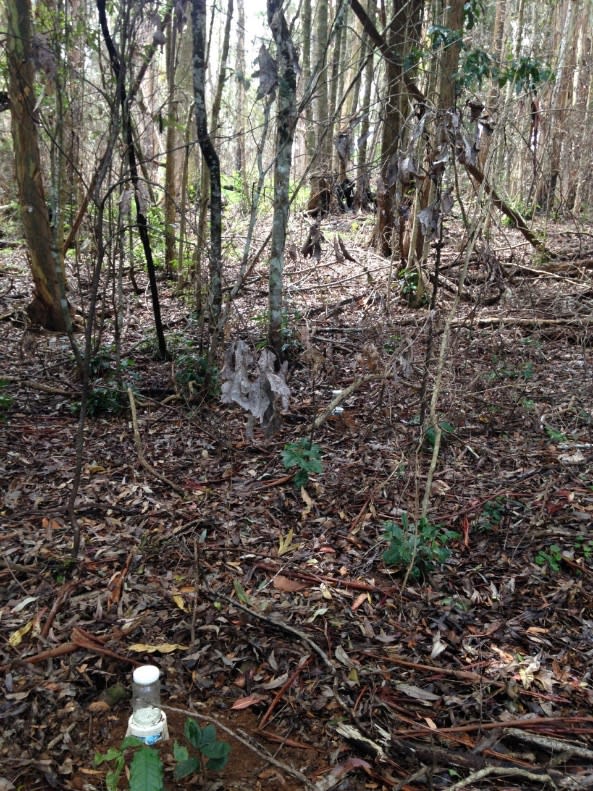
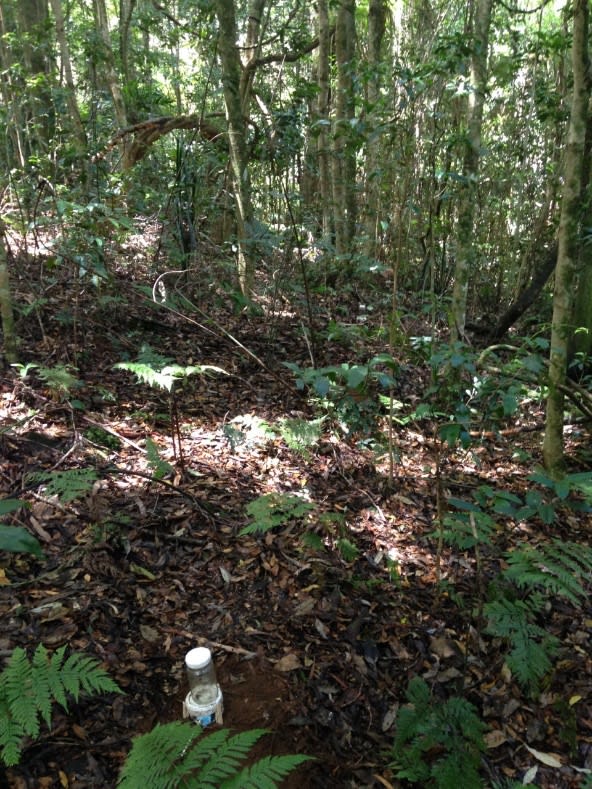
So, what have we found? Well, the good news is that many rainforest patches didn’t burn, or only lightly so, at ground level – the surrounding forest has burnt, but pure rainforest seems to have generally survived. And our target flightless dungies are still there, although fire seems to have reduced their numbers.
More than that we cannot say at present – with another four weeks trapping, we’ll have a much better picture and also a lot of lab work to do!
Have a question for Chris?
Write to editor@2508mag.com.au

